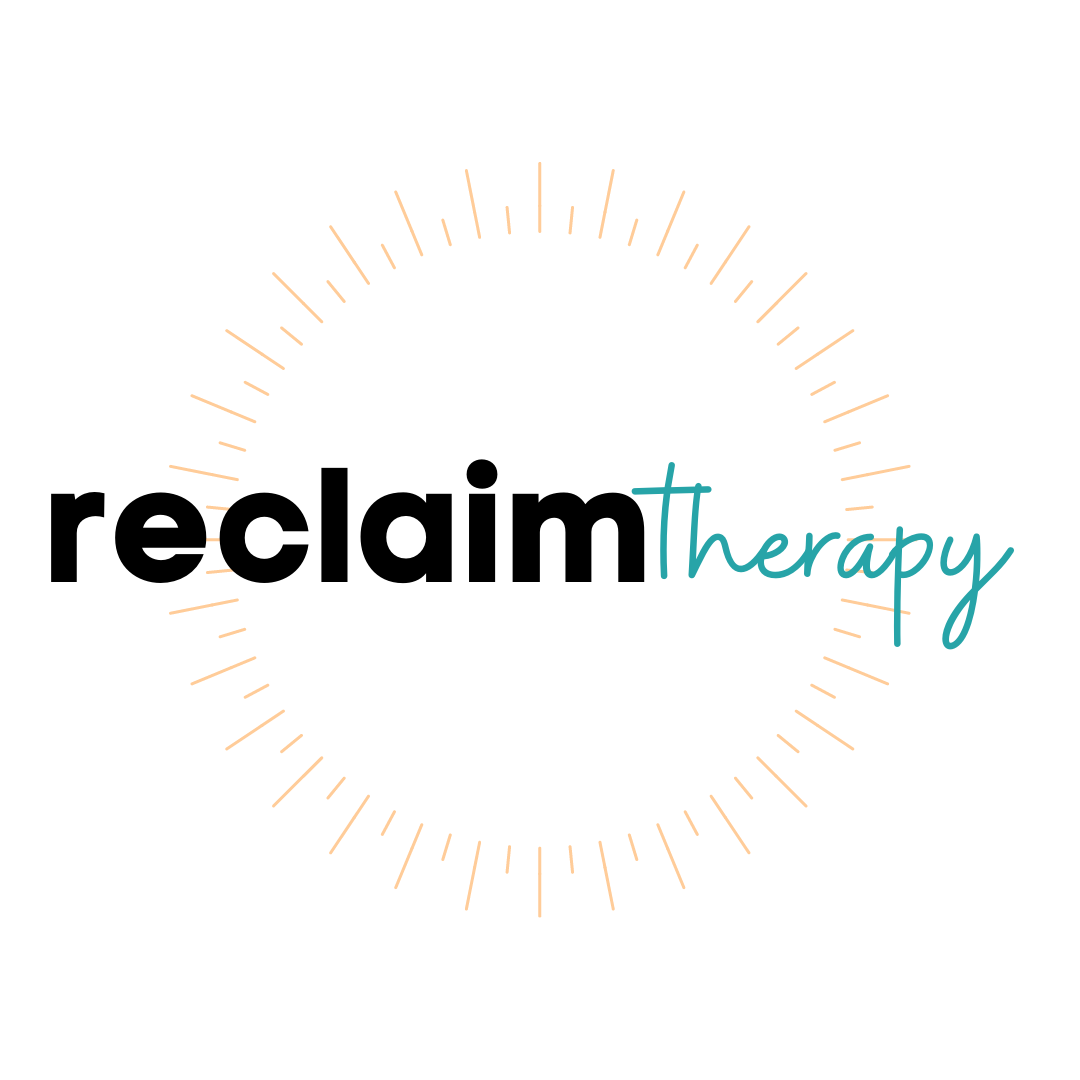Reclaiming Movement in Eating Disorder Recovery
When you do things from your soul, you feel a river moving in you, a joy.
[Rumi]
Eating disorder recovery and recovery from exercise addiction helps us reconnect with ourselves and heal our whole being.
Through the process of recovering from an eating disorder or compulsive exercise, we learn to reconnect with the depths of our human emotional experience without fear that once led to symptom use. We see food no longer as the enemy, but as a source of nourishment and enjoyment.
We embrace the concept of joyful movement centered on our experience of embodied pleasure.
At the start of this journey, joy and movement are rarely synonymous.
We tend to connect movement to exercise, which for many is a charged topic. From a young age, we are told time and again that exercise is good for you. And yes, exercise has many benefits for many people, but for those of us in recovery, these benefits are often eclipsed by our eating disorder.
While others easily enjoy a walk or run, get motivated by going to the gym and lifting weights, or engage in the artistry of dance, we struggle to extricate exercise from anxiety and depression, poor body image, and deep shame.
In fact, in the interest of our physical health, exercise is an activity that may be limited or stopped completely for a time during recovery as part of a treatment plan.
For someone who struggles with body image and people with eating disorders, the feel good benefits of physical activity are superseded by the role of exercise as the ultimate purveyor of punishment for not maintaining diet culture standards of body size and fitness.
The more we exercise, the more rigid the rules of exercise become, to the point of being unsustainable.
But on an even deeper level, the relationship with exercise becomes an unhealthy way to avoid distressing thoughts and feelings, and engagement in exercise has the counterintuitive result of further disconnecting us from our bodies – the source of our discomfort and pain.
The recovery process teaches us that there are many tools available to us that can help us stay connected in moments of distress.
Through therapeutic exposure, treatments for eating disorders, and practice, we can discover safety in previously triggering situations and grow in trusting that we can and will be okay.
This sense of safety extends to our embodied experience through the cultivation of joyful movement.
Engagement in joyful movement fosters a positive and sustainable relationship with ourselves and our bodies through which we can safely experience the pleasure and benefits of exercise and the embodiment of joy.
How to Cultivate Joyful Movement
Note: It is important to step into joyful movement at the appropriate time. Please consult with your recovery team to help you assess your readiness and access support in this process.
Redefine movement
Let go of the rigid routines and performance-oriented goals of exercise.
Take time to consider the many ways we move our bodies throughout each day.
Tune in to your body and listen. When engaged in activities, check in with your body by asking the following questions:
How is my body responding to this present experience?
Where in my body do I feel this response?
What is my body experiencing physically? (e.g. looseness, tension, lightness, heaviness, pain, pleasure, etc.)
Do my physical sensations align with my current thoughts and emotions? If not, how can I continue to connect with my body in safe ways to better understand how I am experiencing this present moment?
Discover what brings you joy and embrace that joy without limit or expectation.
Take a moment and consider a time when you experienced great joy. What thoughts, emotions, behaviors, and physical sensations align with your experience of joy?
Let yourself play with different types of movement without any self-imposed restrictions or expectations.
Knowing how you experience joy, consider whether your current activity activates joy. Let yourself sink deeper into that experience of joy if present.
If joy is not present, what instead is your body communicating to you through your responses?
Give yourself permission to let go of any activity that detracts from a positive experience of movement.
My name is Laura and I'm an eating disorder therapist who provides eating disorder therapy in Pennsylvania.
I specialize in treating eating disorders, trauma and religious/spiritual trauma. I believe that gentle and joyful movement can be nourishing to the body, and that recovery from an eating disorder and exercise addiction is possible.
I understand how hard it is to deal with eating disorder behaviors, the quest for weight loss and how to figure out the best treatment options. Our practice specializes in treating eating disorders and binge eating disorders from a trauma focused perspective.
Our hope is to support you to slowly and safely come back into your body with kindness, compassion and respect. If you're ready to reclaim your relationship with your body, with food and with movement, I would be honored to support you through the process.
🧡,
Reclaim Therapy provides therapy for eating disorders, trauma therapy and EMDR therapy in Pennsylvania.
We believe that everyone deserves to reclaim their lives from diet culture, disordered eating, and body-shame. You should live a life without feeling ashamed or experiencing intense trauma reactions to trauma triggers. We also believe that you deserve freedom to care for your body in a loving and connected way.




